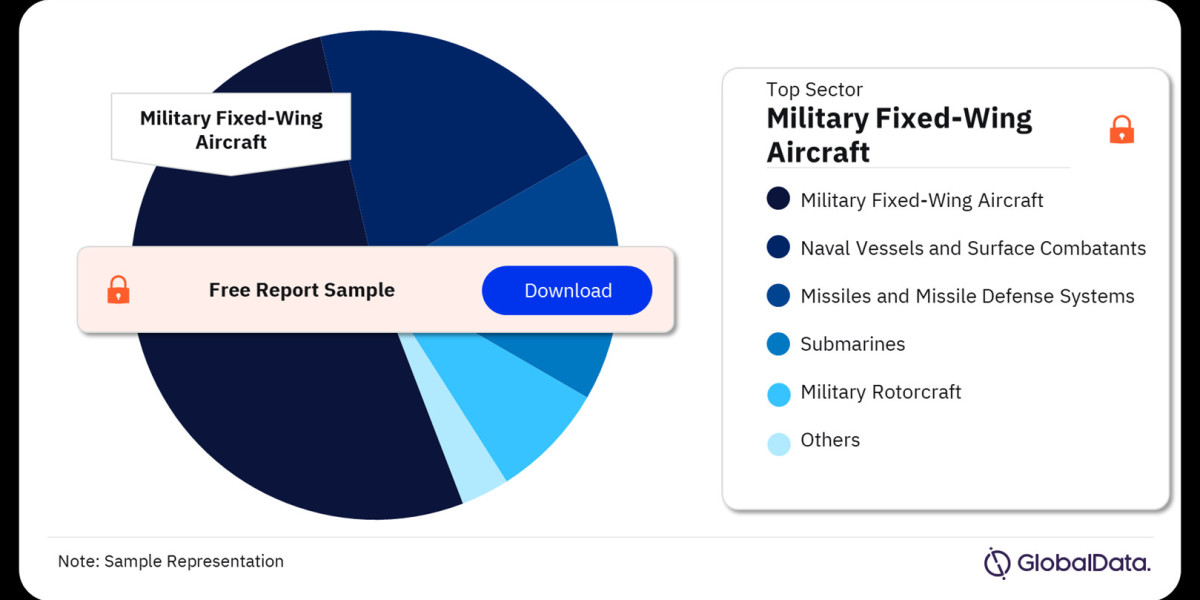The Philippines defense market is undergoing a period of significant transformation. Driven by territorial disputes in the South China Sea and a commitment to national security, the government is prioritizing military modernization efforts. This ambitious agenda presents a dynamic landscape for international defense contractors, but also comes with its own set of challenges and opportunities.
Modernization on the Horizon: The Re-Horizon 3 Initiative
The Armed Forces of the Philippines (AFP) launched its modernization program in 2012, aiming to equip the military with advanced capabilities by 2037. This long-term plan, known as the "Horizon Program," is further bolstered by the recently announced "Re-Horizon 3" initiative. This revised strategy focuses on bolstering maritime and air defense capabilities to address the growing complexities in the region.
Growth and Diversification: A Market on the Rise
The Philippine defense market is expected to experience steady growth in the coming years. According to GlobalData, defense acquisition expenditure is projected to grow at a Compound Annual Growth Rate (CAGR) of 4.9% between 2025 and 2029. This trend reflects the government's commitment to increasing its defense budget, with forecasts suggesting it could reach $6.2 billion by 2029 [1].
Areas of Opportunity: Where Defense Contractors Can Add Value
This growth presents numerous opportunities for international defense contractors. Key areas of need within the Philippine military include:
Maritime Security: The Philippines, an archipelago nation, requires a robust maritime defense system. This includes patrol vessels, frigates, and potentially even submarines to secure its vast coastline and exclusive economic zone (EEZ).
Air Defense Systems: Modernizing the air force is crucial for territorial defense and air policing. Fighter jets, radars, and air defense missile systems are all potential areas of procurement.
Unmanned Aerial Vehicles (UAVs): Drones offer valuable capabilities for surveillance, reconnaissance, and even combat missions. The AFP is actively seeking UAV technology to enhance its situational awareness.
Communication and Intelligence Systems: Secure communication and intelligence gathering are essential for effective military operations. Upgraded communication networks, cyber defense solutions, and advanced intelligence systems are all in demand.
Personal Protective Equipment (PPE) and Logistics: Equipping soldiers with modern protective gear and ensuring efficient logistical support are crucial for troop welfare and operational effectiveness.
The Competitive Landscape: Established Players and New Entrants
The United States has traditionally been the Philippines' primary defense supplier, benefiting from strong historical ties and interoperability between the two militaries. However, the market is becoming increasingly competitive.
Rising Stars: South Korea, Israel, and Turkey are aggressively pursuing opportunities in the Philippines, offering advanced technologies at potentially competitive prices.
European Presence: European countries like France, Germany, and Italy are also vying for a share of the market, showcasing their expertise in various defense sectors.
The China Factor: China's growing defense industry is making inroads into the Philippines market, although concerns about security and political influence may limit its overall impact.
Challenges and Considerations for Defense Contractors
While the Philippine defense market offers significant potential, there are challenges to navigate:
Budgetary Constraints: The Philippines faces limitations in its defense budget. While it is projected to grow, competing national priorities may lead to fluctuations in spending.
Procurement Process: The Philippine defense procurement process can be complex and bureaucratic, requiring contractors to navigate a multi-layered decision-making structure.
Offset Requirements: The government may impose offset requirements on foreign contractors, mandating technology transfer or local production partnerships.
Political Environment: Shifting political dynamics can impact defense procurement decisions. Contractors should stay informed about evolving political priorities.
Beyond Procurement: Building a Domestic Defense Industry?
The Philippines is exploring the possibility of developing its own domestic defense industry. This could provide opportunities for partnerships and technology transfer with international companies, while also fostering greater self-reliance in national defense.
Looking Ahead: A Strategic Partnership for Regional Security
The Philippines' defense modernization efforts are significant for regional security. A well-equipped Philippine military contributes to a stable balance of power in the South China Sea and fosters closer cooperation with allies like the United States. As the Philippine defense market evolves, international defense contractors with a strategic understanding of the country's needs and a commitment to long-term partnerships will be best positioned to capitalize on the growing opportunities.
Buy the Full Report for More Sector Insights into the Philippines Defense Market, Download a Free Report Sample


